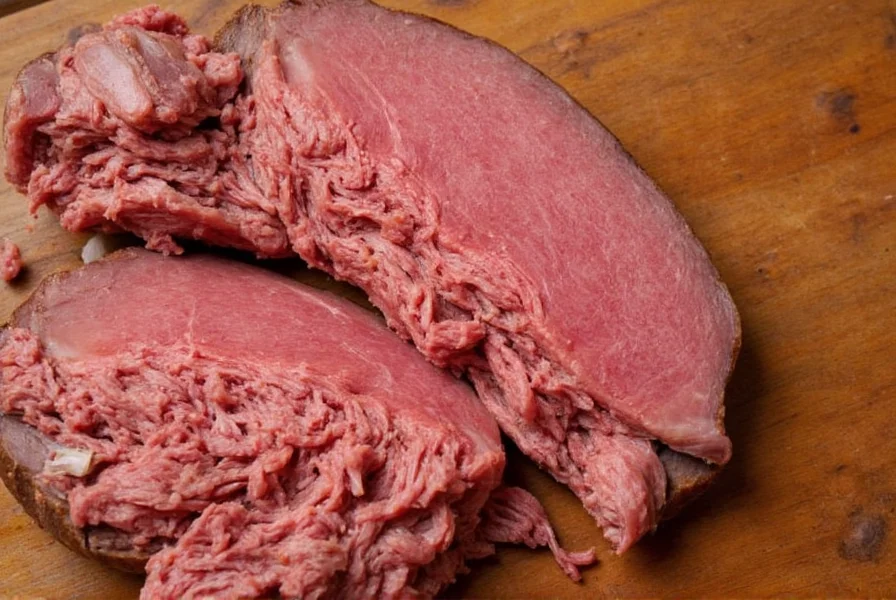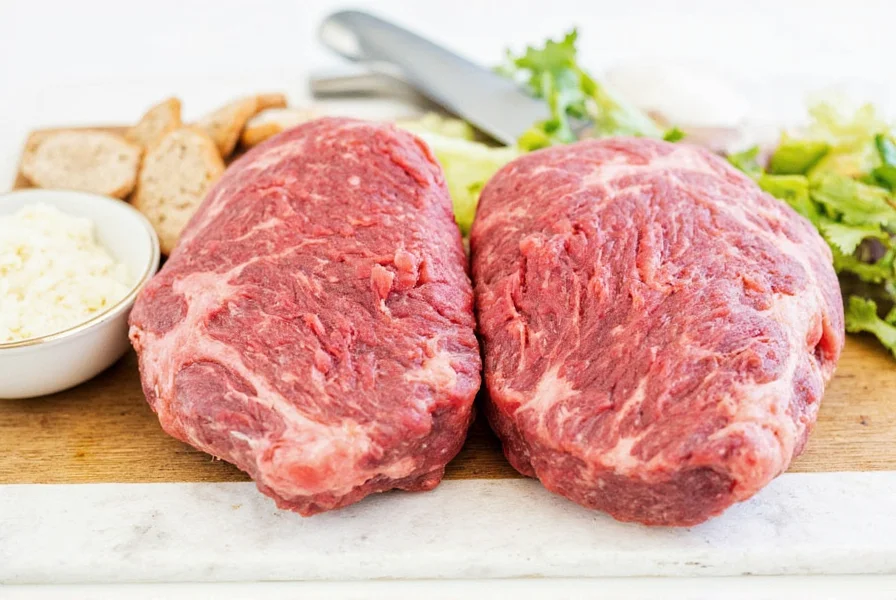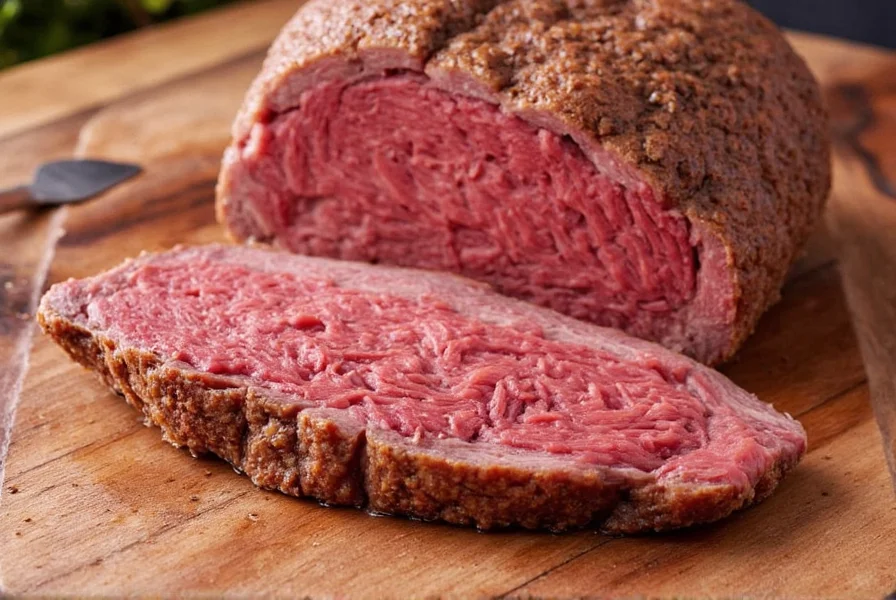Table of Contents
- Introduction: Best Meats for Pulled Beef
- Why Meat Selection Matters for Pulled Beef
- Top 5 Beef Cuts for Pulled Beef: Expert Comparison
- Buying Guide: How to Choose the Best Beef for Pulled Beef
- Cooking Tips for Perfect Pulled Beef
- Frequently Asked Questions About Pulled Beef
- Conclusion: Master Pulled Beef Every Time
Introduction: Best Meats for Pulled Beef
The best meats for pulled beef are brisket and chuck roast, which offer ideal marbling and connective tissue that transforms into tender, flavorful shreds during slow cooking. This guide reveals exactly which cuts deliver perfect texture and flavor, plus expert tips for selecting, preparing, and cooking pulled beef to perfection.

Why Meat Selection Matters for Pulled Beef
Choosing the wrong cut results in dry, tough, or flavorless pulled beef. The right meat must have sufficient marbling and collagen that breaks down during slow cooking to create that signature melt-in-your-mouth texture. Understanding meat characteristics ensures consistent, restaurant-quality results every time.
Top 5 Beef Cuts for Pulled Beef: Expert Comparison
These beef cuts are specifically selected for pulled beef preparation based on flavor, texture, and cooking performance:
- Brisket
- Chuck Roast
- Short Ribs
- Round Roast
- Beef Clod
1. Brisket: The Gold Standard
Brisket comes from the cow's chest area and contains abundant connective tissue that melts into gelatin during slow cooking. This creates unparalleled tenderness and deep, smoky flavor when properly prepared.
Best For: Traditional BBQ, smoking enthusiasts, and those seeking maximum flavor depth.
Pros: Exceptional marbling, perfect for low-and-slow cooking, absorbs rubs and sauces beautifully.
Cons: Requires precise temperature control, longer cooking time (10-14 hours).

2. Chuck Roast: The Reliable Workhorse
Chuck roast is cut from the shoulder area and features excellent marbling throughout. Its balanced fat-to-meat ratio makes it ideal for beginners while still delivering professional-quality results.
Best For: Home cooks, slow cookers, budget-friendly meals, and versatile applications.
Pros: Affordable, forgiving cooking process, consistent tenderness, readily available.
Cons: Requires trimming excess fat before cooking.
3. Short Ribs: Rich and Intense Flavor
Short ribs come from the rib section and contain high fat content with rich marbling. They develop incredible depth of flavor when braised slowly, creating a luxurious pulled beef experience.
Best For: Special occasions, gourmet dishes, and those seeking bold, savory flavors.
Pros: Exceptional tenderness, intense beefy flavor, works well with bold seasonings.
Cons: Higher cost, requires careful monitoring during cooking.
4. Round Roast: Lean and Versatile
Round roast (from the hind leg) is leaner than other cuts but still suitable for pulled beef when cooked properly. It's ideal for those seeking lower-fat options without sacrificing flavor.
Best For: Health-conscious cooks, lighter meals, and quick weeknight dinners.
Pros: Lower fat content, easy to handle, cooks faster than other cuts.
Cons: Requires careful moisture management to prevent dryness.
5. Beef Clod: The Underrated Gem
Beef clod (from the shoulder) offers a unique balance of tenderness and flavor. It's often overlooked but provides excellent value and consistent results for pulled beef preparations.
Best For: Budget-friendly meals, large gatherings, and those seeking less common cuts.
Pros: Affordable, flavorful, perfect for slow cooking methods.
Cons: Less widely available than other cuts.
| Cooking Method | Best Cut | Reason |
|---|---|---|
| Slow Cooker | Chuck Roast | Retains moisture perfectly, develops flavor evenly, and requires minimal monitoring. |
| Smoker | Brisket | Absorbs smoke beautifully, develops complex flavor profile, and achieves ideal tenderness. |
| Stovetop / Oven | Short Ribs | Braises exceptionally well, delivers rich flavor, and falls apart with minimal effort. |
| Grill | Round Roast | Leaner profile handles direct heat well, and cooks faster than other cuts. |

Cooking Tips for Perfect Pulled Beef
Even the best cuts require proper technique to achieve optimal results. Follow these professional tips for consistently perfect pulled beef:
- Low and Slow: Cook at 225-250°F (107-121°C) for 8-12 hours to break down collagen without drying out the meat.
- Moisture Management: Maintain at least 1/2 inch of liquid around the meat at all times to prevent drying.
- Resting Period: Allow meat to rest 20-30 minutes before pulling to redistribute juices and improve texture.
- Proper Seasoning: Apply dry rubs 12 hours before cooking for maximum flavor penetration.
- Temperature Check: Meat is ready when internal temperature reaches 195-205°F (90-96°C) and pulls apart easily with forks.
Pro Tip: For smoked brisket, wrap in butcher paper at 165°F (74°C) to prevent drying while maintaining bark formation.
Frequently Asked Questions About Pulled Beef
What is the best cut of meat for pulled beef?
Brisket and chuck roast are widely considered the best cuts for pulled beef. Brisket delivers the most authentic BBQ flavor and texture, while chuck roast offers excellent results with more consistent cooking and lower cost.
Can I use lean cuts for pulled beef?
Yes, but lean cuts like round roast require extra moisture management. Always cook with sufficient liquid, avoid high temperatures, and consider adding bacon or beef fat for richness. For best results, choose moderately marbled cuts.
How long should pulled beef cook?
Cooking time varies by cut and method: 8-10 hours in a slow cooker, 6-8 hours in the oven at 300°F (150°C), or 10-14 hours when smoking. The meat is done when it reaches 195-205°F (90-96°C) internal temperature and pulls apart effortlessly.
Why is my pulled beef dry?
Dry pulled beef typically results from insufficient cooking liquid, cooking at too high temperature, choosing a lean cut without proper moisture management, or overcooking. Always ensure the meat is submerged halfway in liquid and cook to proper internal temperature.
Can I make pulled beef without special equipment?
Absolutely. Use a Dutch oven or heavy pot in the oven at 300°F (150°C) with sufficient liquid. Stovetop braising also works well—maintain gentle simmering and check liquid levels regularly.
How do I store and reheat pulled beef?
Store in airtight containers with cooking juices for up to 4 days refrigerated or 3 months frozen. Reheat gently in a 300°F (150°C) oven with added broth, or microwave on low power with extra moisture to prevent toughness.
What's the difference between pulled beef and pulled pork?
Pulled beef uses beef cuts (brisket, chuck) and has richer, more robust flavor, while pulled pork uses pork shoulder and has milder taste. Beef requires longer cooking times and pairs better with bold seasonings, while pork works well with sweeter sauces.
Conclusion: Master Pulled Beef Every Time
Choosing the right beef cut is the foundation of perfect pulled beef. Brisket and chuck roast remain the top choices for authentic flavor and texture, but each cut offers unique advantages depending on your cooking method and preferences.
Remember that quality ingredients combined with proper technique yield exceptional results. Whether you're smoking brisket for a special occasion or using a slow cooker for weeknight meals, these expert guidelines will help you create pulled beef that consistently impresses.
With the right cut and careful preparation, you'll transform simple ingredients into restaurant-quality pulled beef that becomes the star of any meal.










 浙公网安备
33010002000092号
浙公网安备
33010002000092号 浙B2-20120091-4
浙B2-20120091-4